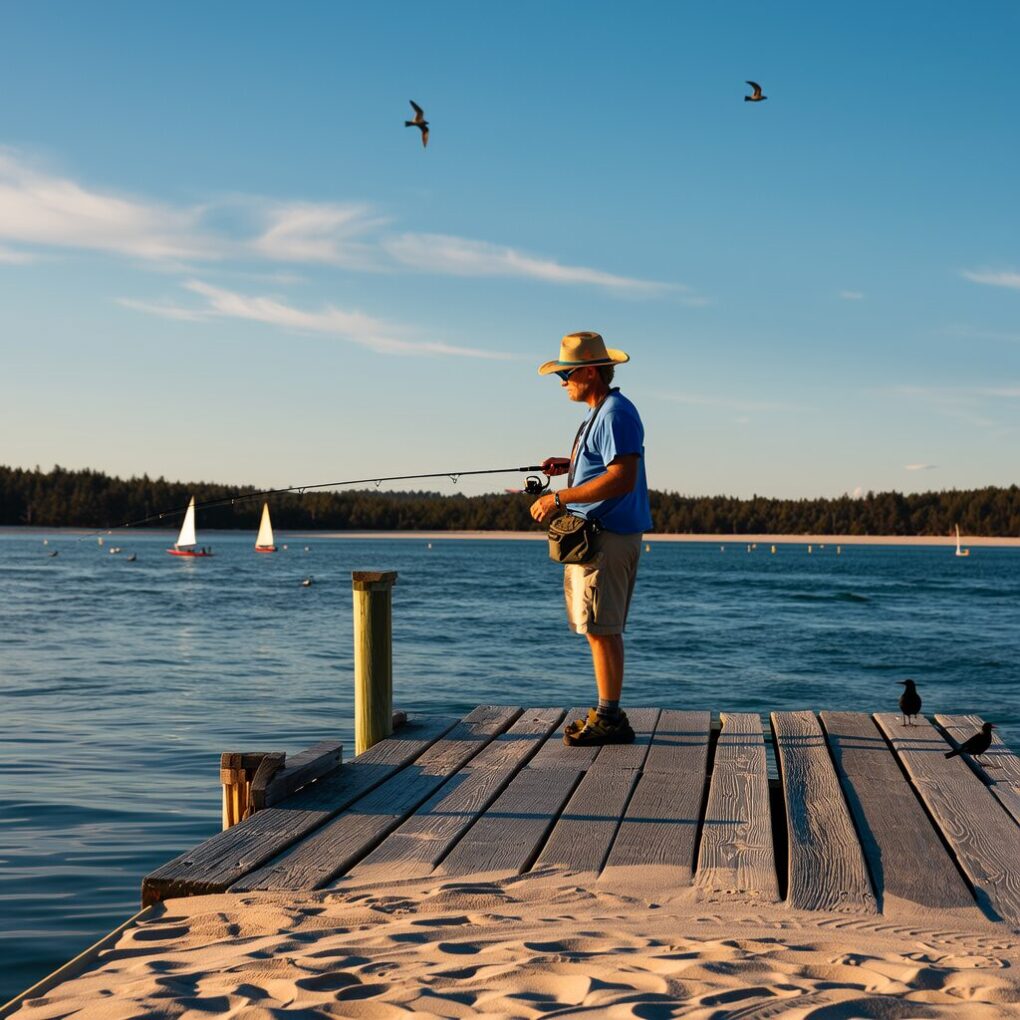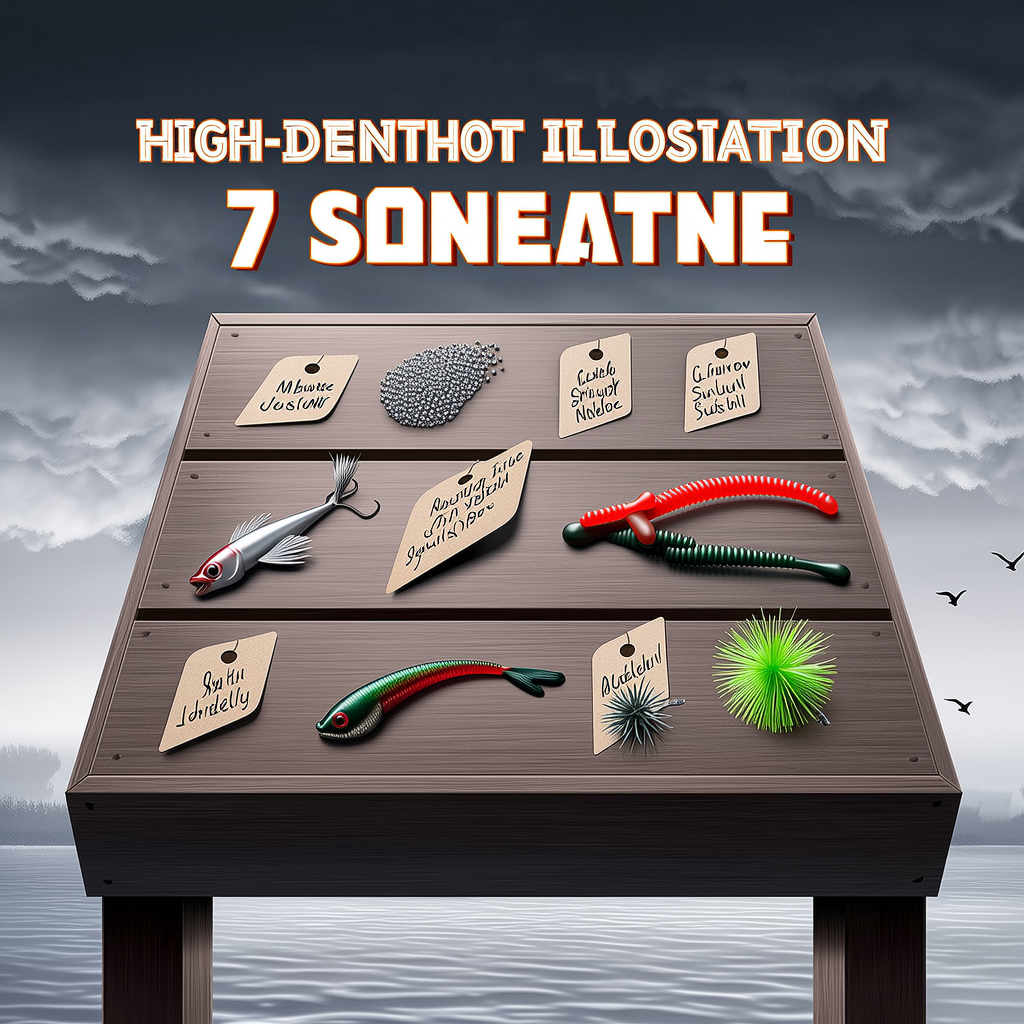Snook, also known by linesiders are a popular inshore gamefish that is found in the tropical and subtropical areas of the western Atlantic Ocean and Caribbean Sea. Anglers love snook for their hard-fighting and acrobatic abilities. They have slender bodies and broad tails.
The Biology and Habitats of Snook
Snook are part of the Centropomidae Family and can be divided into two species, the common snook and the fat snook. Both species have long bodies and prominent jaws that are designed to catch prey.
Snook can grow to 4 feet long and can weigh up 50 pounds. However, most snook caught by anglers are between 3 and 15 lbs. Snook are nocturnal and can often be found hiding in submerged structures like oyster bars, mangrove roots, and pilings.
Snook are adaptable and can thrive in many habitats, including estuaries and mangrove forest to beaches and rocky coastlines. They prefer warm, shallow waters that are between 68 and 82 degrees Fahrenheit. They are sensitive to changes in temperature and salinity.
The Best Time to Catch Snook
Snook can be caught all year, but it is best to target them when they are most active. For example, snook fishing in Florida is best between May and October when the water temperature is warm and snook are actively eating.
Snook migrate to deeper waters during winter, making them more difficult to catch. If you are able to locate snook in their winter habitats, you will often find large concentrations that are easier to catch and more predictable.
The Best Baits & Lures for Snook Fishing
Snook are opportunistic feeders. They will eat any kind of lure or bait they find, depending on the conditions and their mood. Live shrimp, pilchards and pinfish are some of the best baits for snook. They can be fished under a line or rigged on a split shot hook.
Artificial lures are also available for snook fishing. These lures include jigs and plugs that mimic the natural prey of mullet, pilchards and shrimp. The DOA Shrimp is a popular lure for snook fishing. It mimics a live shrimp, and can be fished slowly.
Conservation’s Importance
Over the years, snook populations have faced many challenges, including habitat loss, overfishing and environmental stressors like red tides and cold fronts. Many states have established strict regulations and bag limits in order to protect snook populations against overexploitation.
Catch-and-release fishing is a way for anglers to help conserve snook populations. When releasing snook, be gentle and quick with it and make sure it is in the water as soon possible. Avoid fishing for snook in closed seasons or areas designated as snook sanctuary. These small actions can make a big difference in ensuring that snook populations continue to thrive for future generations.
Conclusion
Snook are a prized gamefish that is highly prized around the world. Snook offer a thrilling fishing experience for anglers with their hard-fighting and acrobatic behaviors. Anglers can increase their chances to catch these rare fish by learning more about their biology, habitat, behavior, and conservation. Grab your fishing gear and set off to the nearest snook hotspot to enjoy an unforgettable fishing experience!




